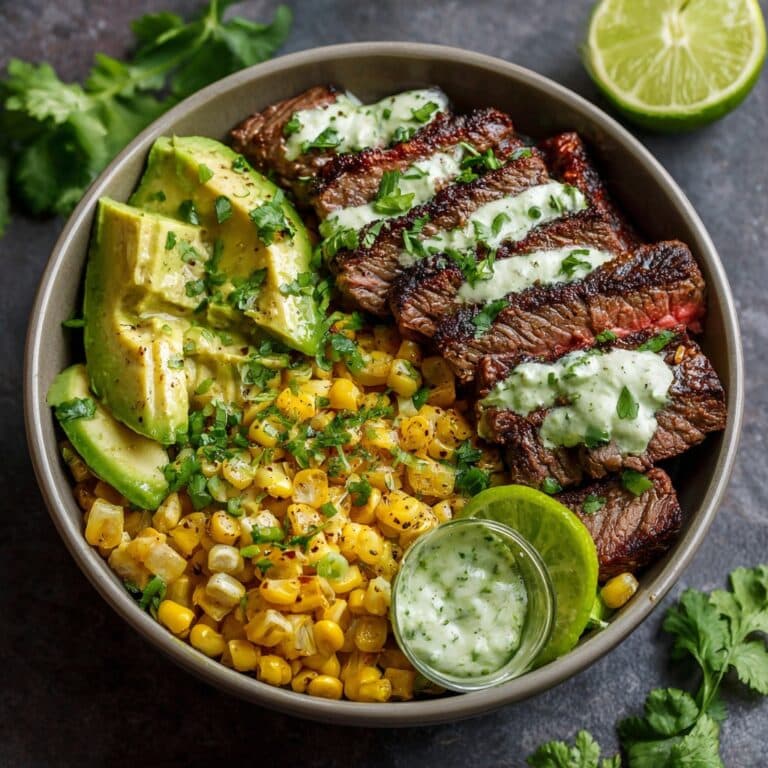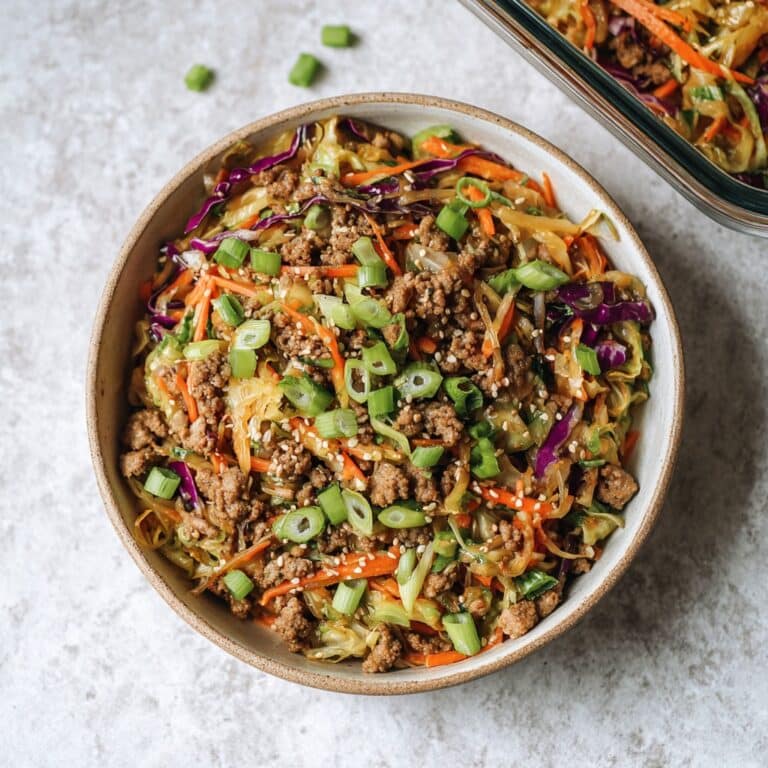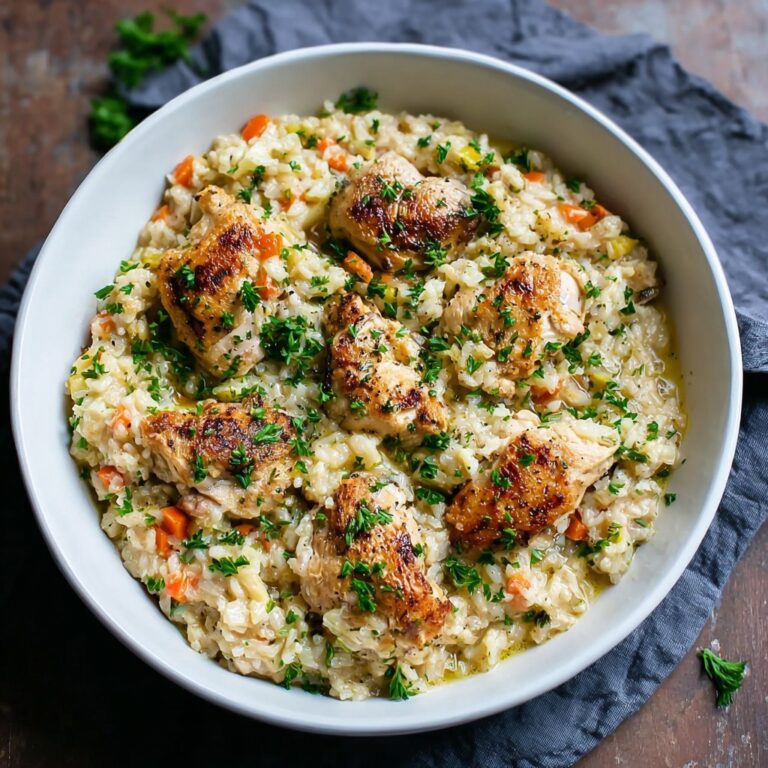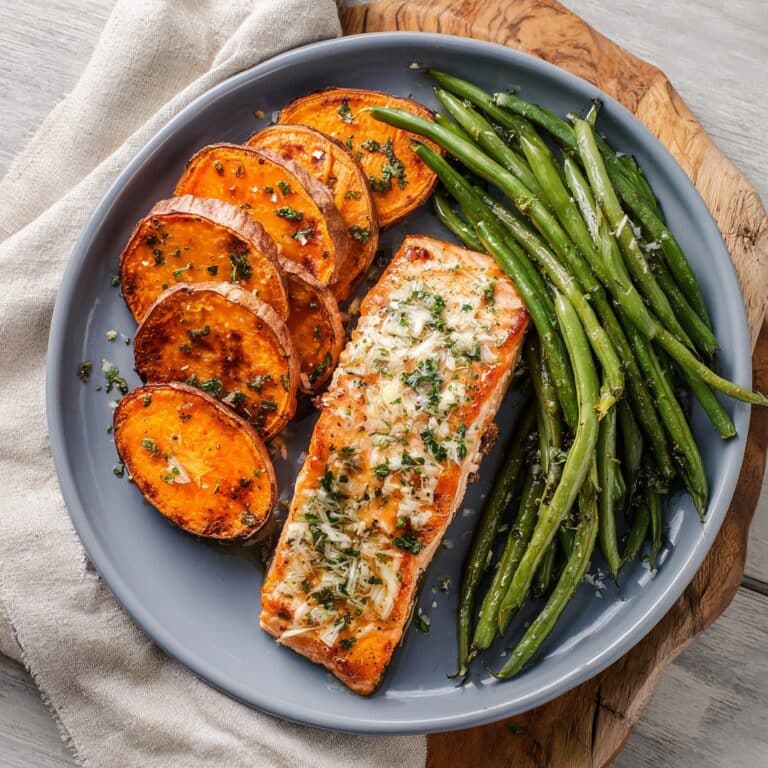Yaki Udon Noodle Recipe: Real Home Cook’s Guide & Chat
So, Why Yaki Udon Noodle—And Why Me?
If you’ve ever opened your fridge and just stared, hoping noodles would magically assemble themselves, this Yaki Udon Noodle recipe is for you. I first stumbled onto this dish when I—rather hungover, if I’m honest— wandered into a Tokyo train station late at night and watched a chef whip it up in what felt like three minutes flat. I was hooked. Plus, does any dish make day-old veggies feel this glamorous? Not that I’m saying you should let your bok choy get wilty, but hey, I won’t judge if you do.
Long story short? Now every time I make Yaki Udon, it conjures up that weirdly comforting train station smell (in a good way, promise). And I’m here to say you don’t need fancy skills or anything close to perfection—just a frying pan, some noodles, and the willingness to risk a noodle slurp down your shirt.
Why I Keep Coming Back to This Dish
I make this when I want something fast but not terribly boring—my family goes crazy for this because, well, it’s noodles, and who can say no to noodles? Honestly, if there’s any way to sneak more vegetables into my son, this is it. Sometimes I skip the meat, sometimes I double it because it’s been a day. I love that it’s forgiving, like a friend who doesn’t mind when you’re late. Oh, and I’ve tried to swap kecap manis for soy sauce in a pinch (less ideal, but edible!). That’s the beauty. You mess up? These noodles forgive you.
What You’ll Need (and What I Sometimes Sub In)
- 400g fresh udon noodles (the vacuum-packed ones at the Asian store work, or dried in a real pinch; I don’t recommend those instant cup kinds though… unless you’re desperate)
- 1 tablespoon neutral oil (veggie, canola, or my mum even swears by sunflower oil)
- 150g beef, chicken, pork, or tofu, thinly sliced (I’ve done this with leftover rotisserie chicken—works, don’t tell anyone)
- 2 cups mixed veggies: cabbage, carrots, bell peppers, mushrooms (I use whatever is loitering in the crisper drawer)
- 2 scallions, sliced—sometimes I’ll throw in a shallot if that’s what’s there
- 2 garlic cloves, minced (jarred garlic will do if you’re tired)
- 2 tablespoons soy sauce (my grandmother insisted on Kikkoman, but Trader Joe’s stuff is fine too)
- 1 tablespoon oyster sauce (or vegan mushroom sauce)
- 1 tablespoon mirin (or a sprinkle of sugar plus a splash of white wine if you’re improvising—I do this shockingly often)
- 1 teaspoon toasted sesame oil
- Black pepper, to taste
- Optional: Bonito flakes, sesame seeds, pickled ginger to finish
This Is How I Usually Make It (No Need for Perfection)
- Prep the noodles. If you’ve got fresh or vacuum-packed udon: run them under hot water till loosened. Dried? Boil ’em first, but go easy—I’ve overcooked them a hundred times. Just soft but bouncy.
- Heat up your pan. Big skillet or wok (or honestly, a battered frying pan from Ikea). Get it hot. Add the oil. Wait till it shimmers. This is when my cat usually tries to trip me.
- Protein time. Toss in your meat/tofu. Cook till just done—don’t move it around endlessly. Let it brown a bit. (I usually get distracted about now, but set a timer if needed.)
- Veg parade. Add all your chopped veggies, garlic, and most of the scallions. Stir-fry on high; it might make hissy noises, but that’s how you know you’re doing it right. If it looks weird and patchy at this point—don’t stress; it always evens out.
- Sauce party. While things sauté, mix your soy sauce, oyster sauce, mirin (or whatever!) and sesame oil in a cup. Pour it in. Suddenly, it’s smelling like take-out.
- Noodle wrangling. Chuck in your noodles. Use tongs or, if you’re me, a pair of chopsticks you stole from a sushi place. Coat everything in that delicious sauce. I sneak a bite here. You should too.
- Finish. Season with black pepper. Scatter any leftover scallions, sesame seeds, or bonito flakes. If you like spicy, hit it with a squirt of sriracha.
Notes That Only Seem Obvious After You’ve Messed Up
- Don’t overdo the sauce; soggy noodles are a sad fate. I learned this the yucky way.
- If your noodles clump, just splash a tiny bit of water in and stir like you mean it.
- Actually, I find it works better if you don’t overcrowd the pan—though, real talk, sometimes I do anyway.
- I once swapped in hoisin instead of oyster sauce; it wasn’t tragic, but it was… weirdly sweet. Maybe skip that.
I Wouldn’t Call These Variations Genius (But I Like Them)
- Pork and kimchi for a tangy kick—fermented funk is amazing in this.
- All-veggie with extra mushrooms, because sometimes I pretend I’m eating healthier.
- Shrimp instead of chicken: lovely, but one time I used frozen (unthawed) and everything got watery. Lesson learned.
- I tried adding broccoli once, hoping my daughter wouldn’t notice. She did. Didn’t go down so well. Just being honest.
What If I Don’t Have a Wok?
No worries at all—a big nonstick frying pan does the trick. I used a crummy old skillet for ages before I ever owned a wok. If your pan’s small, just do things in batches. Don’t sweat it. No one ever said, “Wow, you must have used a wok!” at the table anyway.
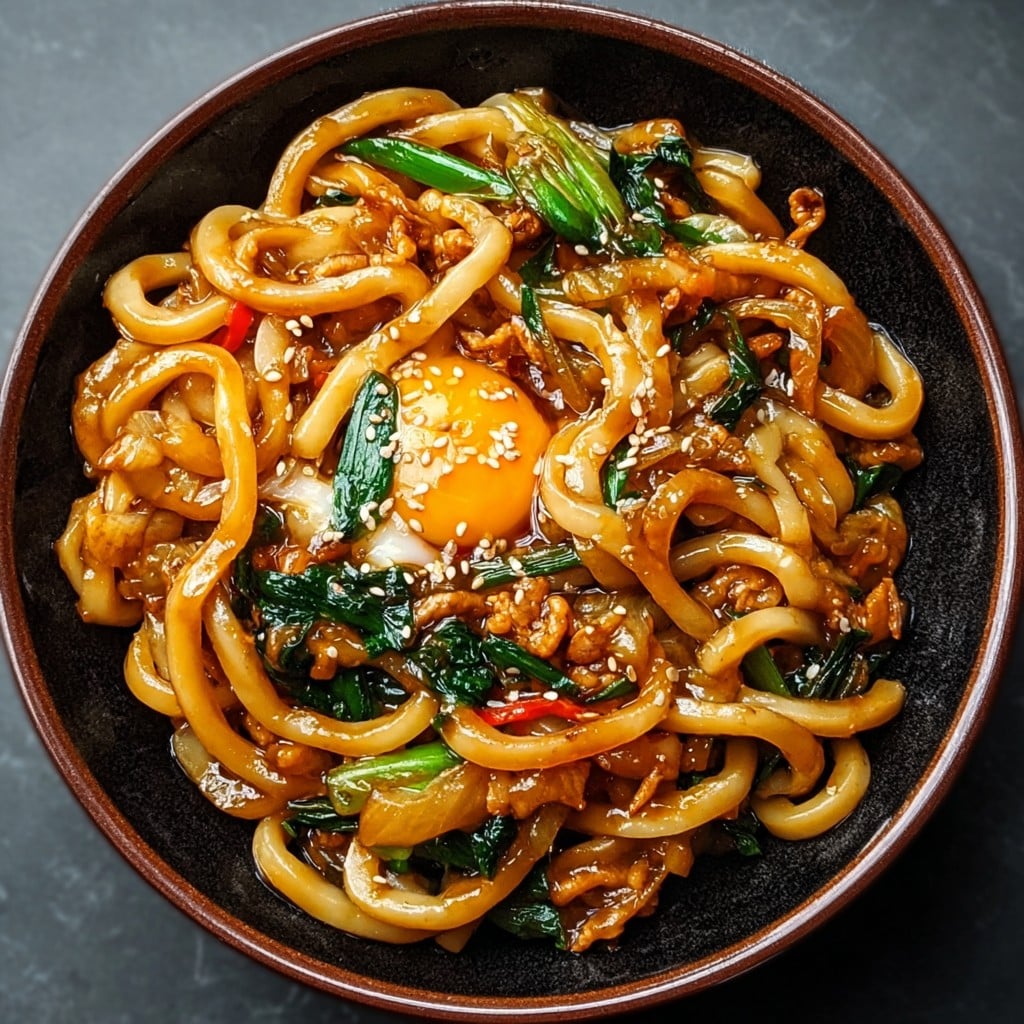
Where Do I Put the Leftovers?
Just let everything cool; throw it in any container you’ve got with a lid and park it in the fridge. It’ll keep for a couple days, in theory—but honestly, this almost never lasts more than a day at my place. Cold out of the fridge is underrated, though. Sometimes I think these noodles get even tastier with some time to soak (or maybe that’s just hunger talking).
My Favorite Ways to Serve (Or, How We Noodle)
I always pop a plate on the table with dustings of sesame seeds and an inviting pile of pickled ginger. But when it’s just me? I slurp ‘em straight from the pan, sometimes standing by the stove. My friend Sandy always insists on a drizzle of Japanese mayo (here’s what that is, if you’re curious). My kids demand extra soy sauce. We’re not fancy.
What I Wish I’d Been Told (Pro Tips from Painful Experience)
- Don’t rush tossing the noodles in—let the veggies get a bit soft but not mushy, or it all goes bland.
- Once I tried skipping oil (trying to be virtuous, ha!) and the whole thing stuck to the pan like glue. Not recommended.
- I used to dump in the sauce too soon; now I wait until the veggies are halfway there. Game changer.
Confessions—Your Yaki Udon Questions Answered
- “Can I freeze Yaki Udon Noodle?”
Hmm, you can, but the texture’s a little dodgy after thawing. I honestly just make enough to eat now—or maybe some for lunch the next day. (Noodles get a bit spongy in the freezer, not my fave.) - “What if I can’t find mirin?”
Like I said earlier, sprinkle some sugar and splash in a bit of white wine or dry sherry. Taste as you go. Or skip it. - “Help! My noodles keep sticking together.”
Rinse ‘em well first, and don’t skimp the oil. If they still clump, just add a splash of water in the pan, stir, and carry on. Happens to me too, honestly. - “Can I make this gluten-free?”
Sure! There are some pretty good gluten-free udon noodles out there (I found some at Sous Chef UK) and tamari stands in fine for soy sauce. - “How spicy is this supposed to be?”
However you like! Traditional? Not spicy at all. Me? Sriracha bottle is *right* next to the pan. Too many bland meals as a kid, maybe.
So, that’s my kitchen table Yaki Udon Noodle guide. And hey—it beats another ham sandwich, right? If you like Japanese noodle dishes, my go-to resource for ideas is this blog over here. Give it a whirl. (Oh, and if you end up with noodle sauce on your shirt, join the club!)
Ingredients
- 400g fresh udon noodles
- 200g chicken breast, thinly sliced
- 1 cup cabbage, shredded
- 1 medium carrot, julienned
- 1/2 onion, sliced
- 2 green onions, chopped
- 2 tablespoons soy sauce
- 1 tablespoon oyster sauce
- 1 tablespoon mirin
- 1 tablespoon vegetable oil
- 1 teaspoon sesame oil
- Salt and black pepper to taste
Instructions
-
1Cook the udon noodles according to package instructions, drain, and set aside.
-
2Heat vegetable oil in a large skillet or wok over medium-high heat. Add the sliced chicken breast and stir-fry until it turns white and is cooked through.
-
3Add onion, cabbage, and carrot to the pan and cook for 2-3 minutes until vegetables are slightly tender.
-
4Add the drained udon noodles, soy sauce, oyster sauce, mirin, salt, and black pepper to the skillet. Toss everything to combine and heat through.
-
5Drizzle with sesame oil, add chopped green onions, and toss briefly. Serve hot.
Approximate Information for One Serving
Nutrition Disclaimers
Number of total servings shown is approximate. Actual number of servings will depend on your preferred portion sizes.
Nutritional values shown are general guidelines and reflect information for 1 serving using the ingredients listed, not including any optional ingredients. Actual macros may vary slightly depending on specific brands and types of ingredients used.
To determine the weight of one serving, prepare the recipe as instructed. Weigh the finished recipe, then divide the weight of the finished recipe (not including the weight of the container the food is in) by the desired number of servings. Result will be the weight of one serving.
Did you make this recipe?
Please consider Pinning it!!

